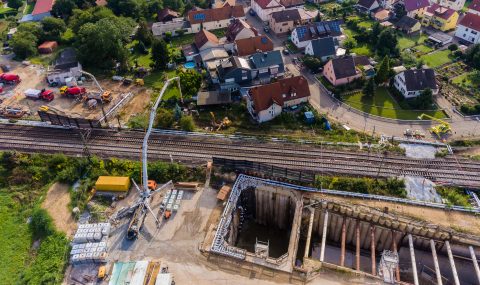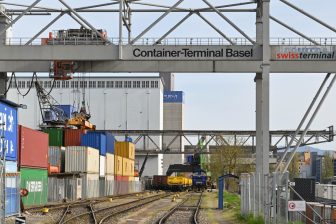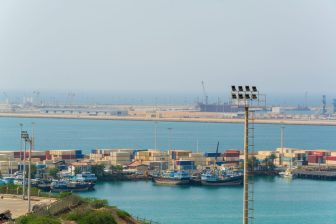
The Rastatt incident: lessons learnt and steps to take
The Executive Board and Management Board of the Rhine-Alpine rail freight corridor met on Wednesday in Milan, Italy to discuss the ramifications of the seven weeks long disruption of the Karsruhe-Basel line in Germany. They discussed the lessons learnt and suggested what could be done to prevent a disaster of this scale from happening again.
The Karlsruhe-Basel line lies on a corridor connecting Rotterdam in the Netherlands with Genoa in Italy. The German section witnessed the passage of 55.000 freight trains in 2016, with a growth rate of 2.2 per cent. During the seven weeks of disruption, this traffic was heavily affected with 35 per cent unable to make it through the Swiss Alps.
Lessons learnt
The Rastatt incident has made clear that the alternatives for rail freight traffic on this corridor are currently not sufficient. Although diversion routes were provided by DB Netze and infrastructure managers in neighbouring countries, capacity on these routes was limited and interoperability proved to be a major hurdle. Many locomotives were not equipped to operate on the railway network in neighbouring countries and train drivers with the language and technical skills to operate a train in another country were not sufficiently available.
The Executive Board reinstated that the incident has to be used as a learning case for a better management and redirection of freight traffic in case of relevant disturbances, to find solutions providing higher resilience of rail freight and an increased availability of alternative capacity in case of similar incidents.
Actions taken
The Management Board has committed to carrying out a survey amongst railway operators affected, analysing the impact and handling of the Rastatt incident. The survey was started today. DB Netze made several recommendations, including the implementation of a second oprating language and harmonisation of operational rules and authorisation conditions to improve interoperability. It also proposed to increase capacity on diversion lines by improving infrastructure, and pled for better cooperation and management of the stakeholders involved.
Hupac, a main freight forwader on the corridor specified that an upgrade of the Rhine line between Wörth and Strassbourg was needed in the form of an electrified double track, in order to improve capacity on diversion routes. As a contingency measure, it proposed to allow for low-speed, single track operation for freight traffic as a priority, as well as a fare share of scarce train paths attributed.
Reliability
A question that remains unanswered until today, is whether the industry can be compensated for the massive losses it suffered, and more importantly, who is to be held reliable for these losses. Rail and logistics associations affected addressed the issue in an Open Letter to the European Commission earlier this month, stating that ‘the German authorities should clarify as quickly as possible the liability issue surrounding the Rastatt disaster’. A response remained absent.
The liablity question also plays a role in developing preventive measures, a source present at the meeting commented. Although parties generally agree about steps to be taken to avoid a disaster of this scale to happen again, it is currenlty unclear how these measures will be accounted for, he explained.
Read more:
- Italy raises alarm about German rail blockade as holiday season ends
- Container stop Port of Rotterdam due to railway disruption Germany
- DB: Railway Karlsruhe-Basel remains closed till 7th of October
- Freight shifts from rail to road due to Karlsruhe-Basel disruption
- Rail freight loses millions due to Rastatt landslip on Karlsruhe-Basel corridor





